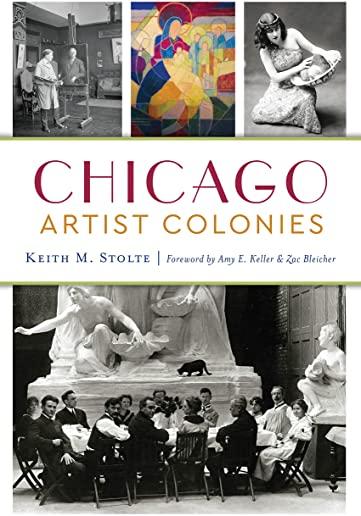
Adam, Hans-Christian
product information
description
5Life in motion: The forerunner of the moving image English photographer Eadweard Muybridge was a pioneer in visual studies of human and animal locomotion. In 1872, he famously helped settle a bet for former California governor Leland Stanford by photographing a galloping horse. Muybridge invented a complex system of electric shutter releases that captured freeze frames--proving conclusively, for the first time, that a galloping horse lifts all four hooves off the ground for a fraction of a second. For the next three decades, Muybridge continued his quest to fully catalog many aspects of human and animal movement, shooting hundreds of horses and other animals--and of nude or draped subjects engaged in various activities such as running, walking, boxing, fencing, and descending a staircase (the latter study inspired Marcel Duchamp's famous 1912 painting).
This resplendent book traces the life and work of Muybridge, from his early thinking about anatomy and movement to his latest photographic experiments. The complete 781 plates of Muybridge's groundbreaking Animal Locomotion (1887) are reproduced here. In addition, Muybridge's handmade and extremely rare first illustrated album, The Attitudes of Animals in Motion (1881) is reproduced in its entirety. A detailed chronology by British researcher Stephen Herbert throws new light on one of the most important pioneers of photography. Text in English, French, and German
This resplendent book traces the life and work of Muybridge, from his early thinking about anatomy and movement to his latest photographic experiments. The complete 781 plates of Muybridge's groundbreaking Animal Locomotion (1887) are reproduced here. In addition, Muybridge's handmade and extremely rare first illustrated album, The Attitudes of Animals in Motion (1881) is reproduced in its entirety. A detailed chronology by British researcher Stephen Herbert throws new light on one of the most important pioneers of photography. Text in English, French, and German
member goods
No member items were found under this heading.
notems store

Emotional Intelligence Coaching: Improving Performance ...
by Neale, Steve
Paperback /Paperback$35.14
Return Policy
All sales are final
Shipping
No special shipping considerations available.
Shipping fees determined at checkout.






